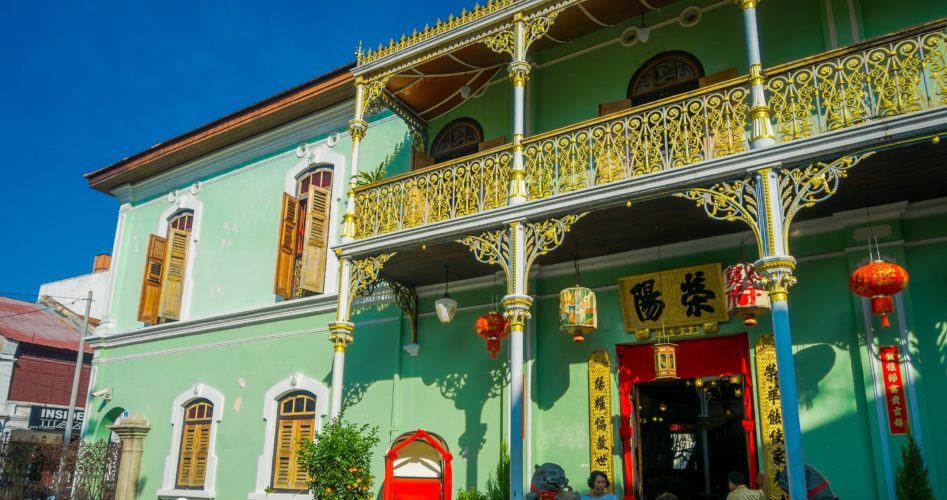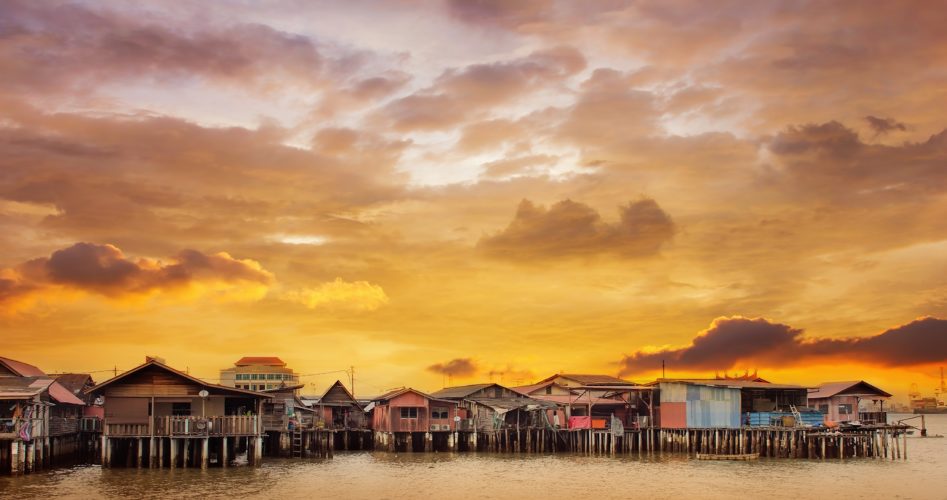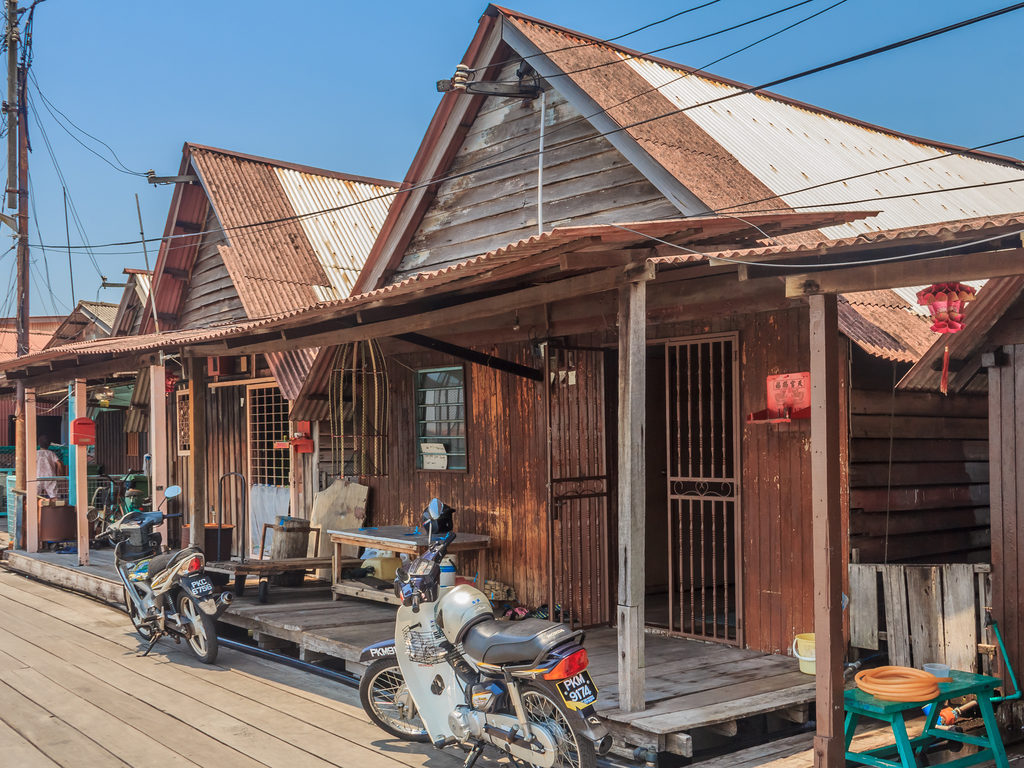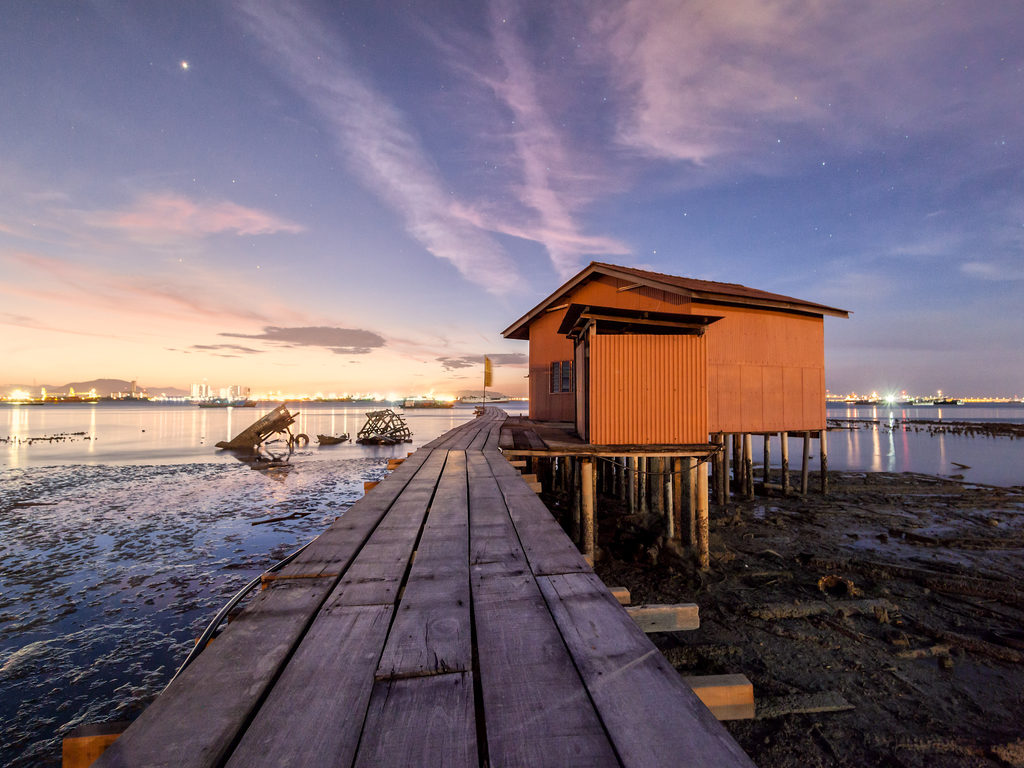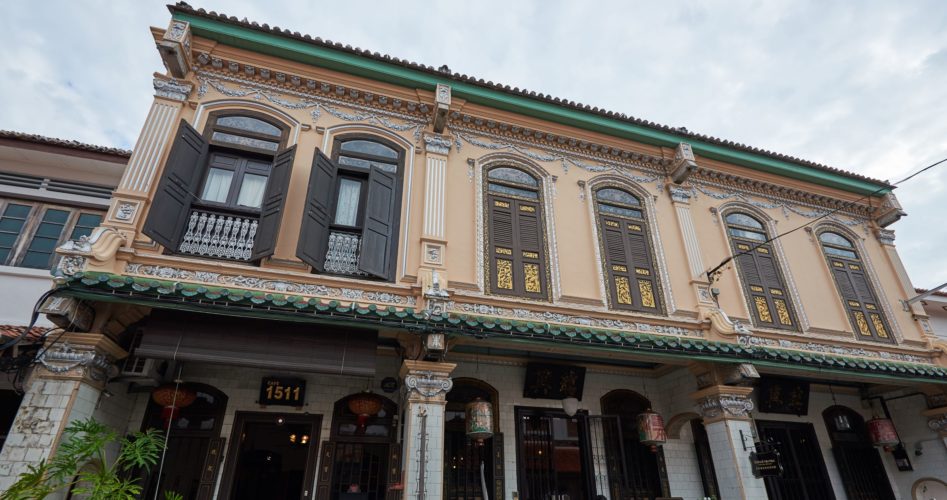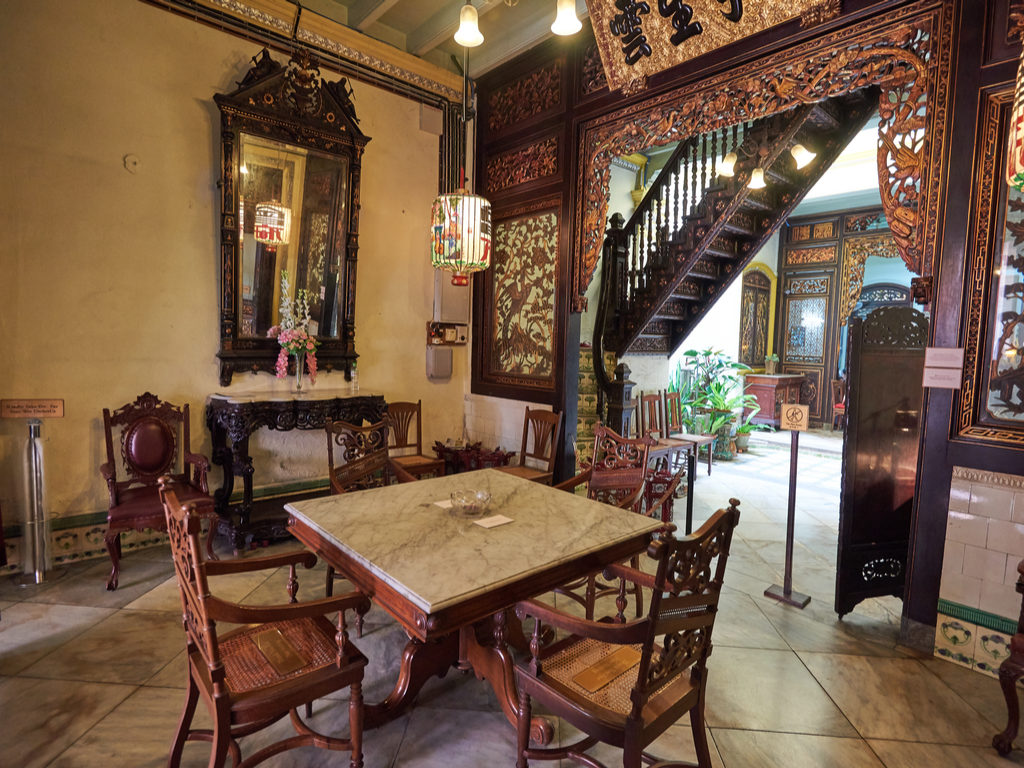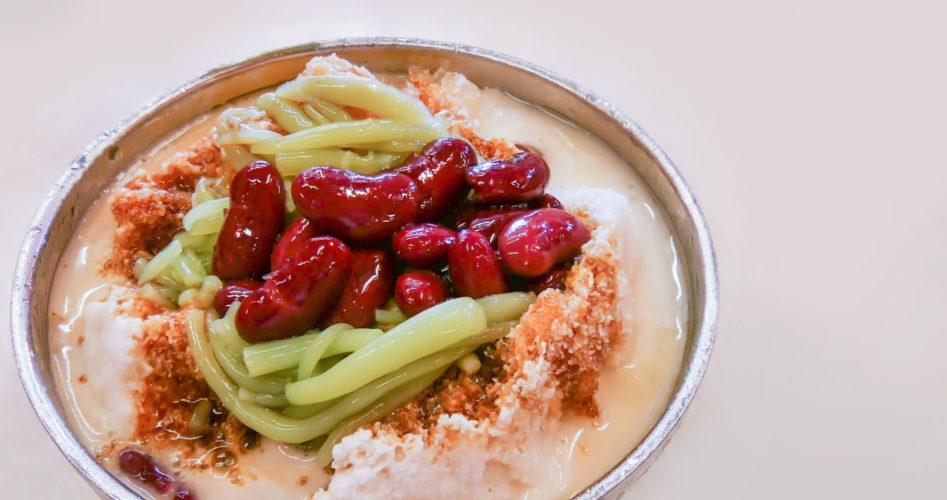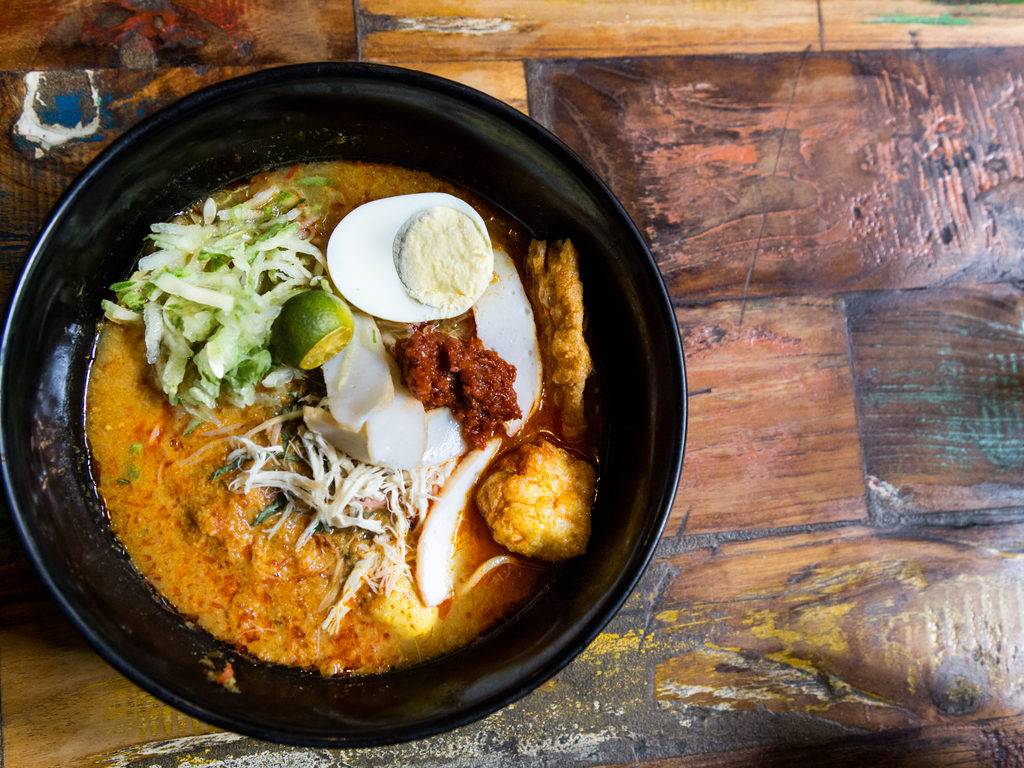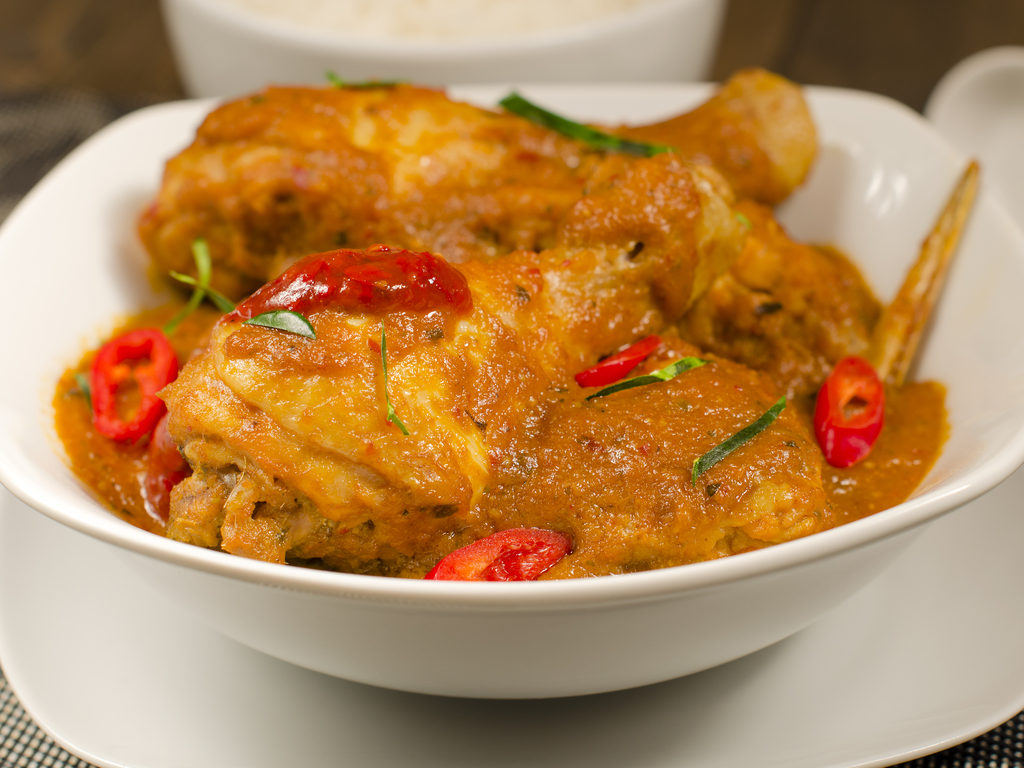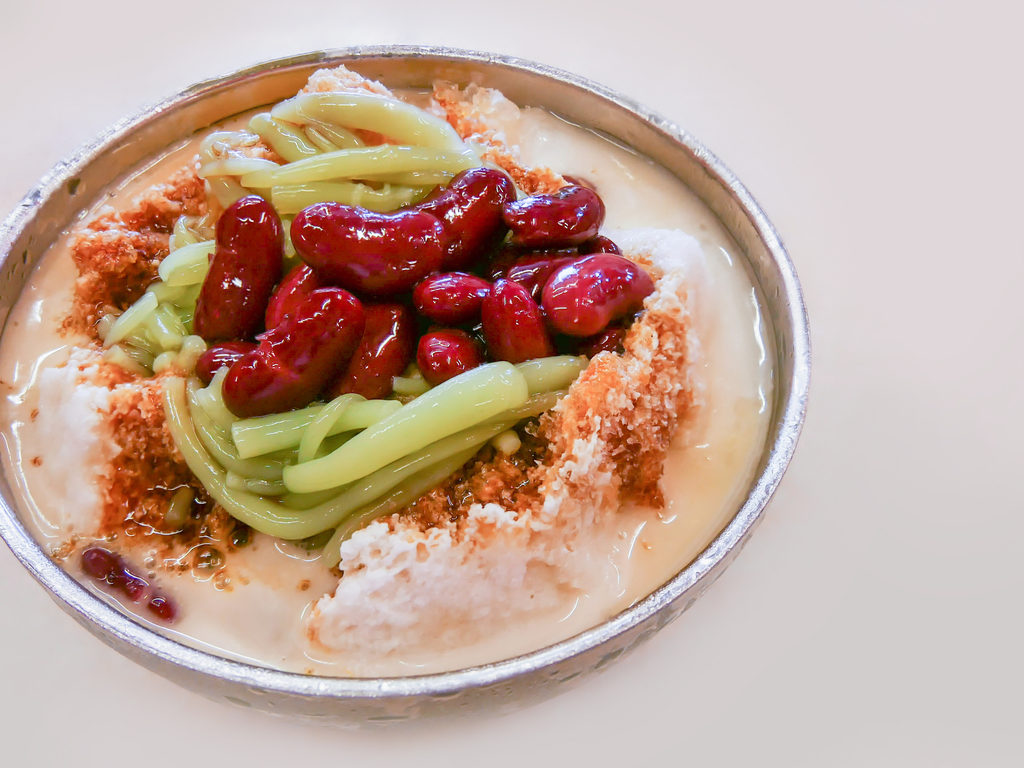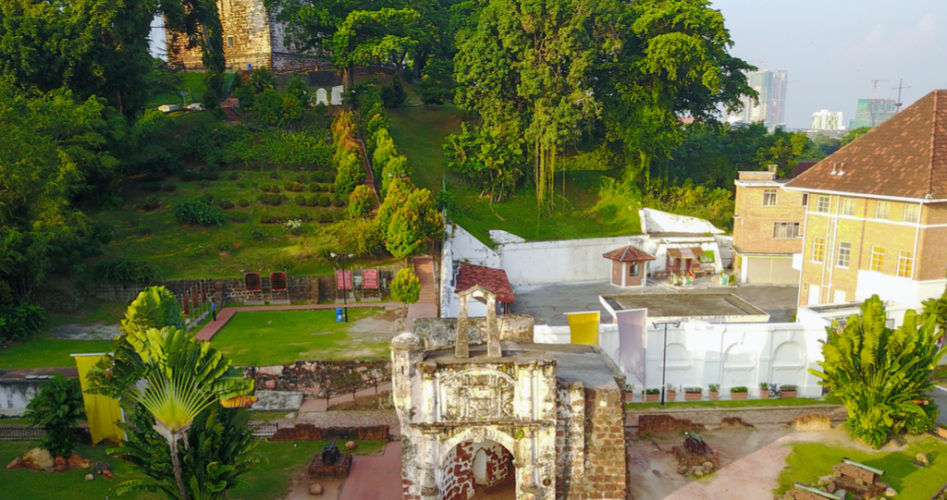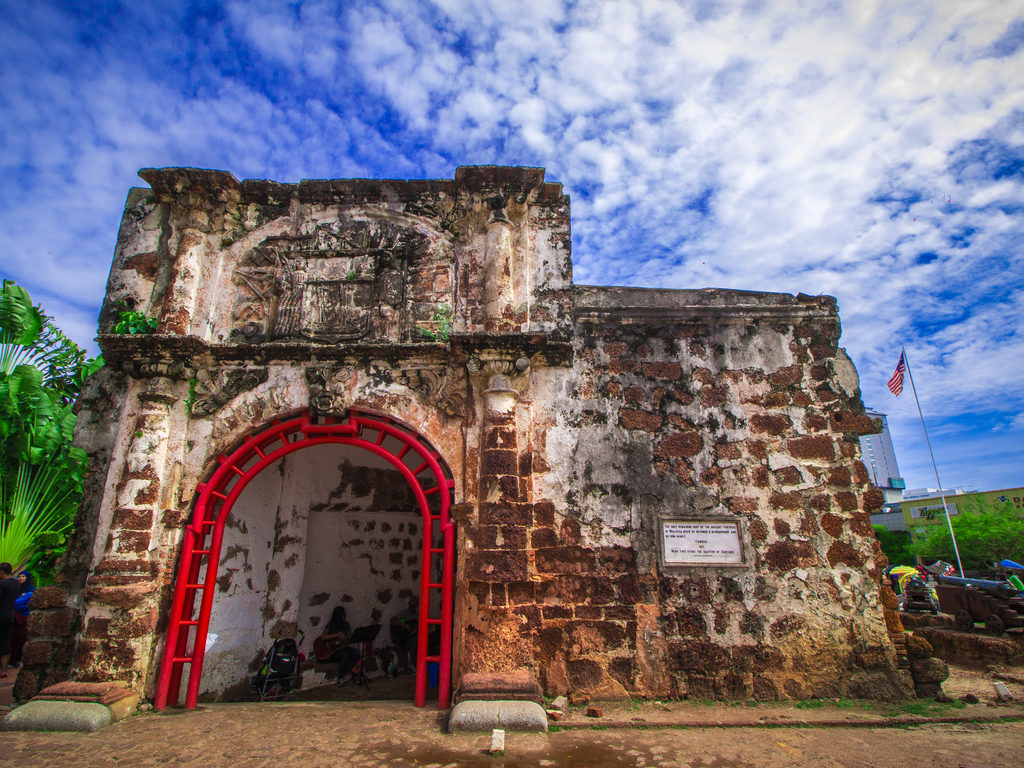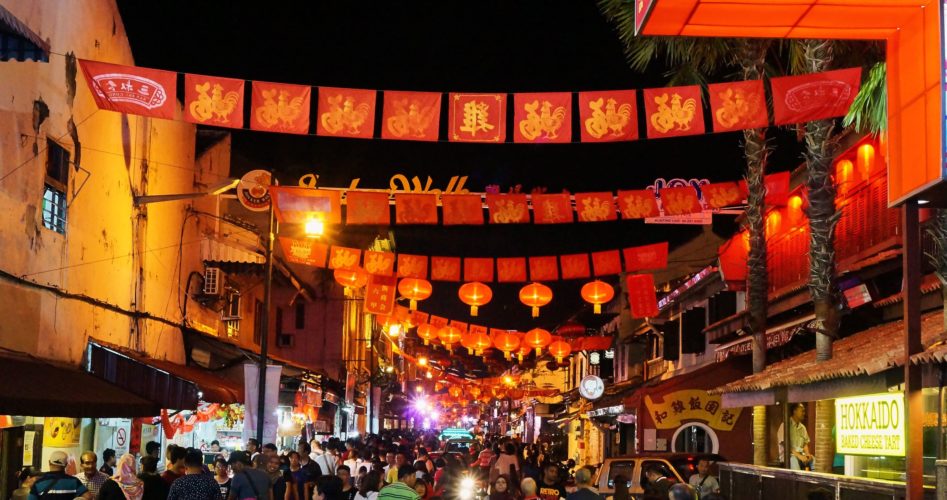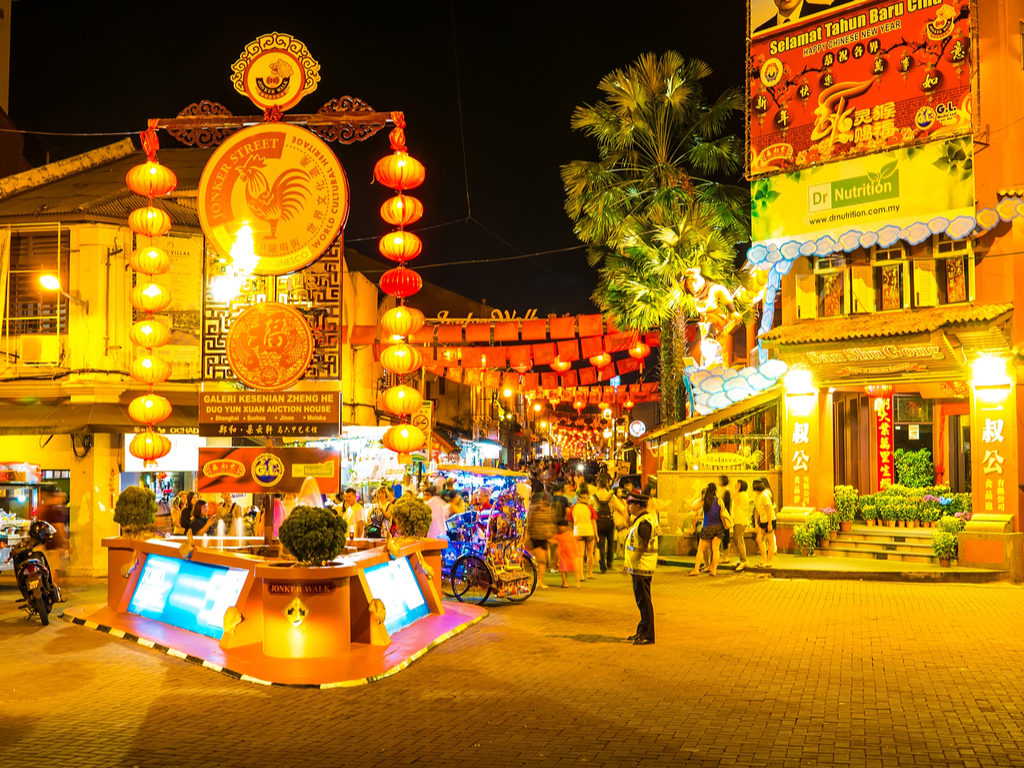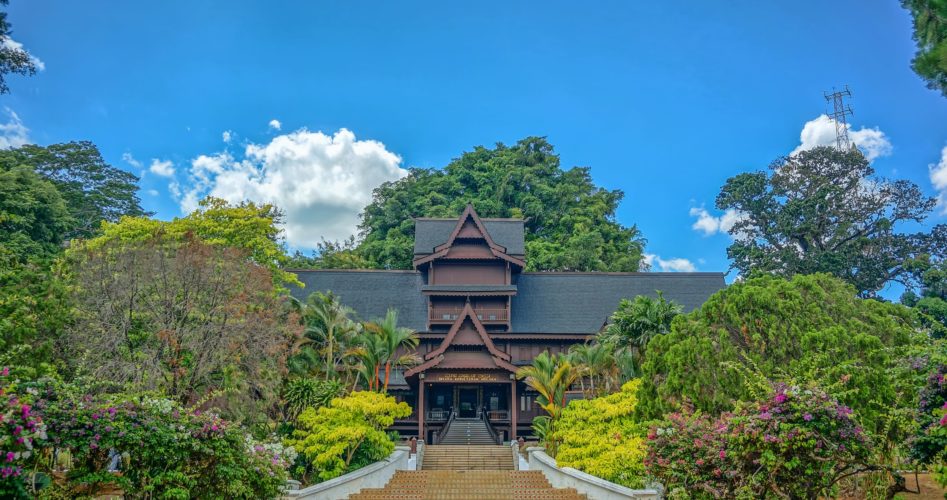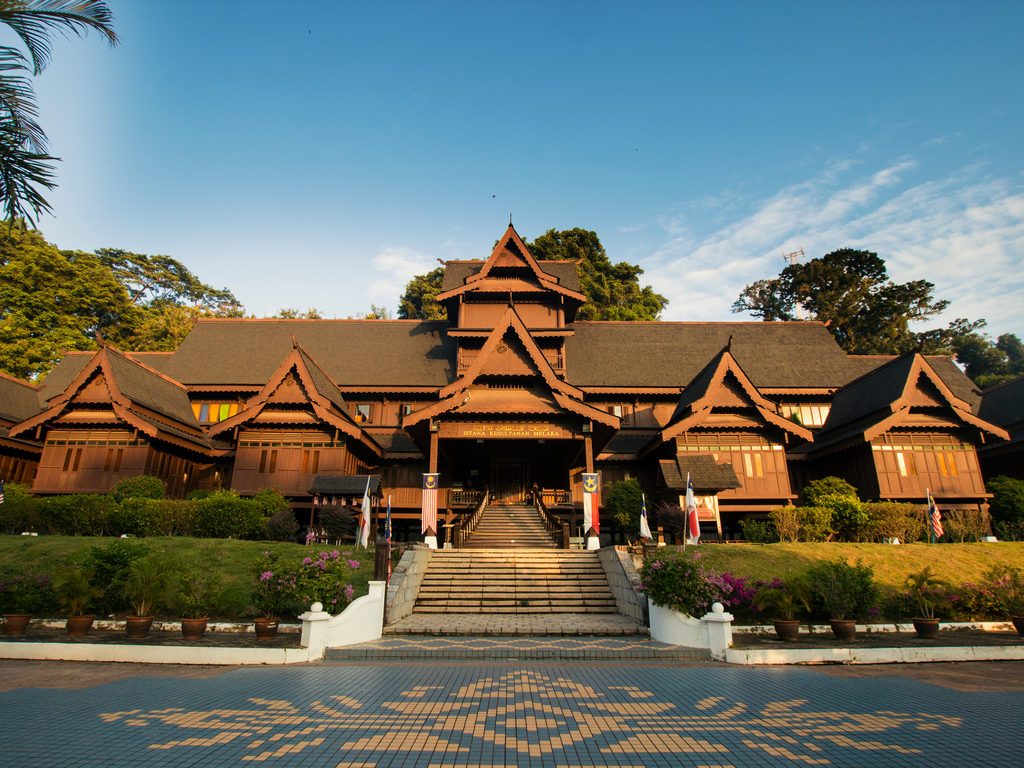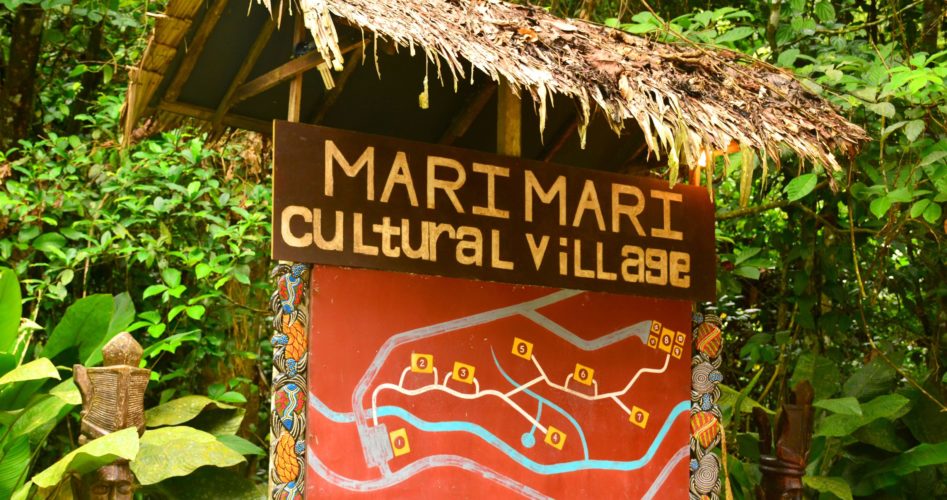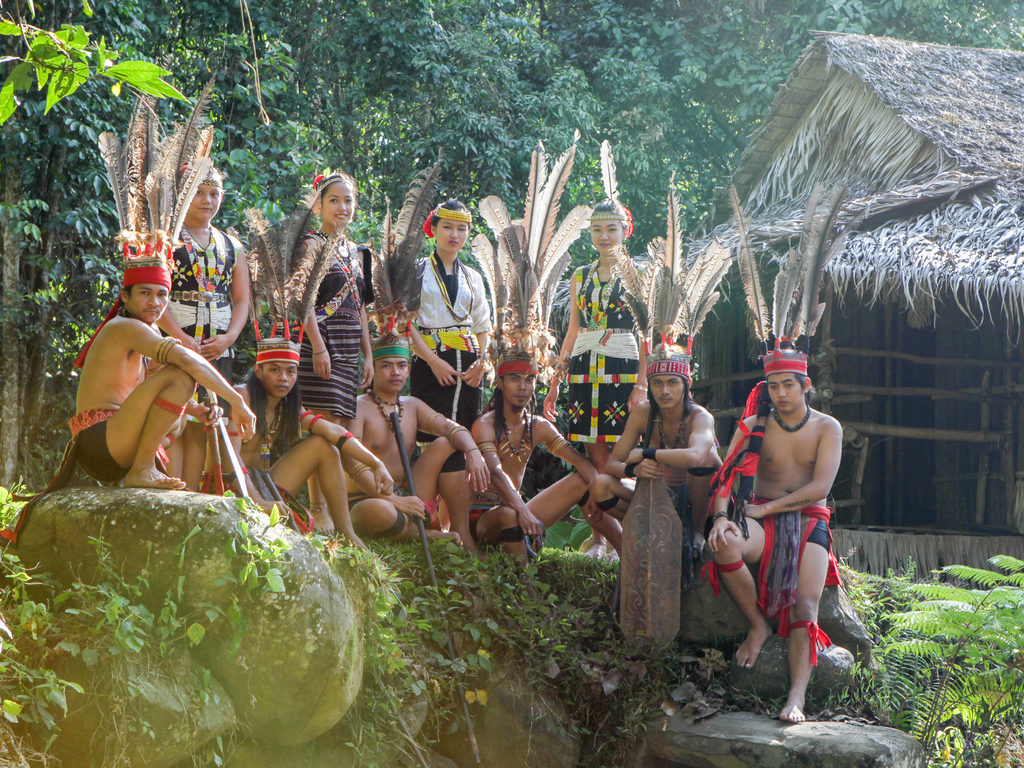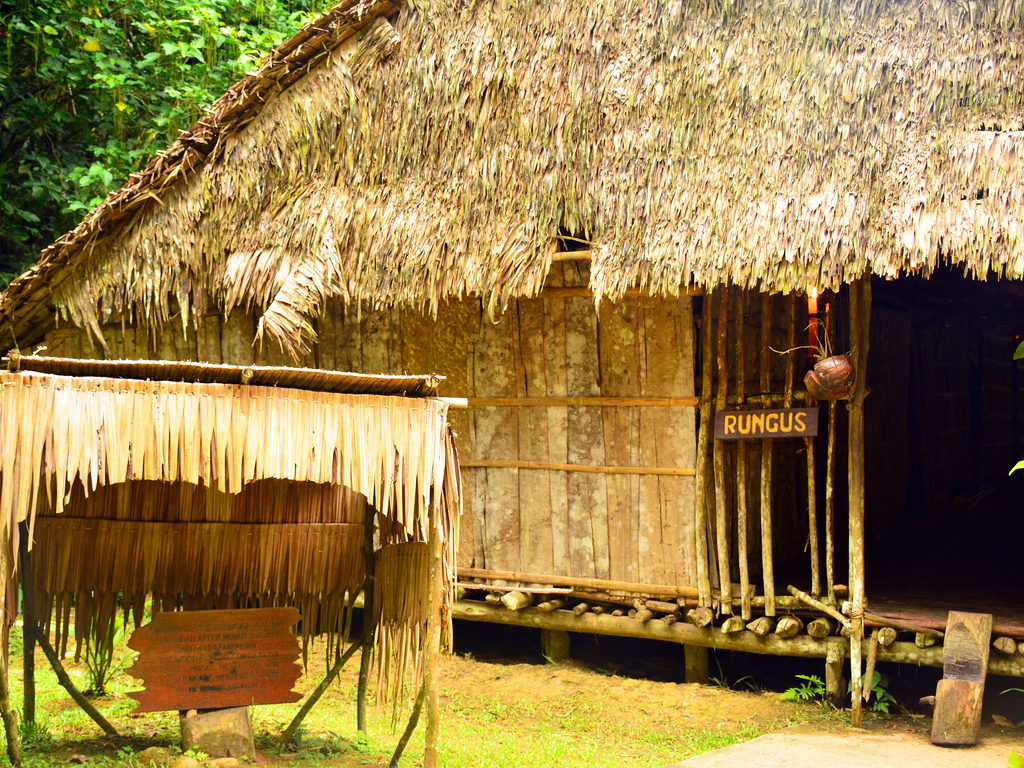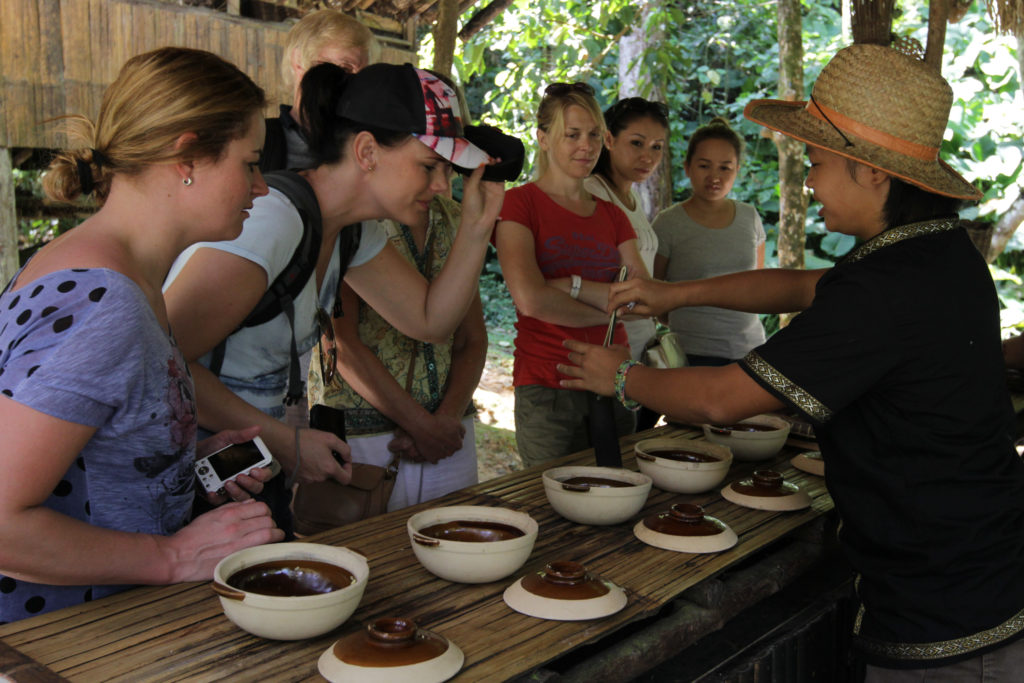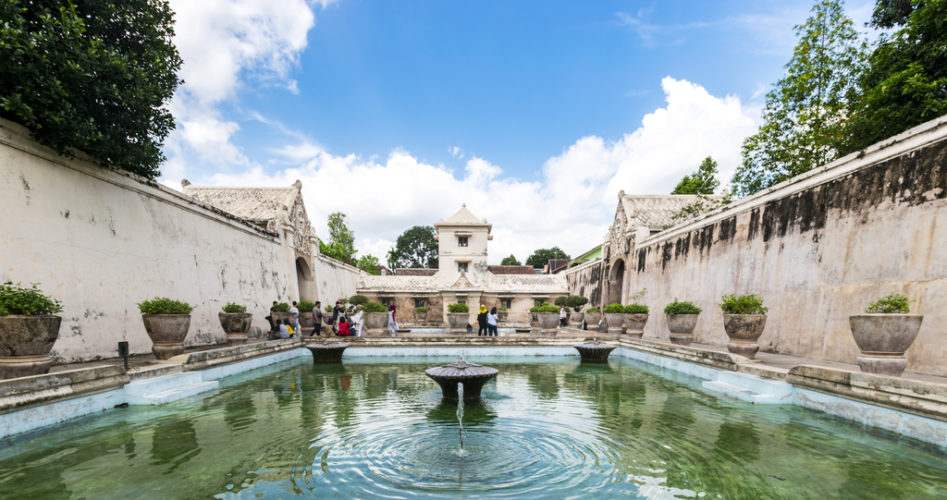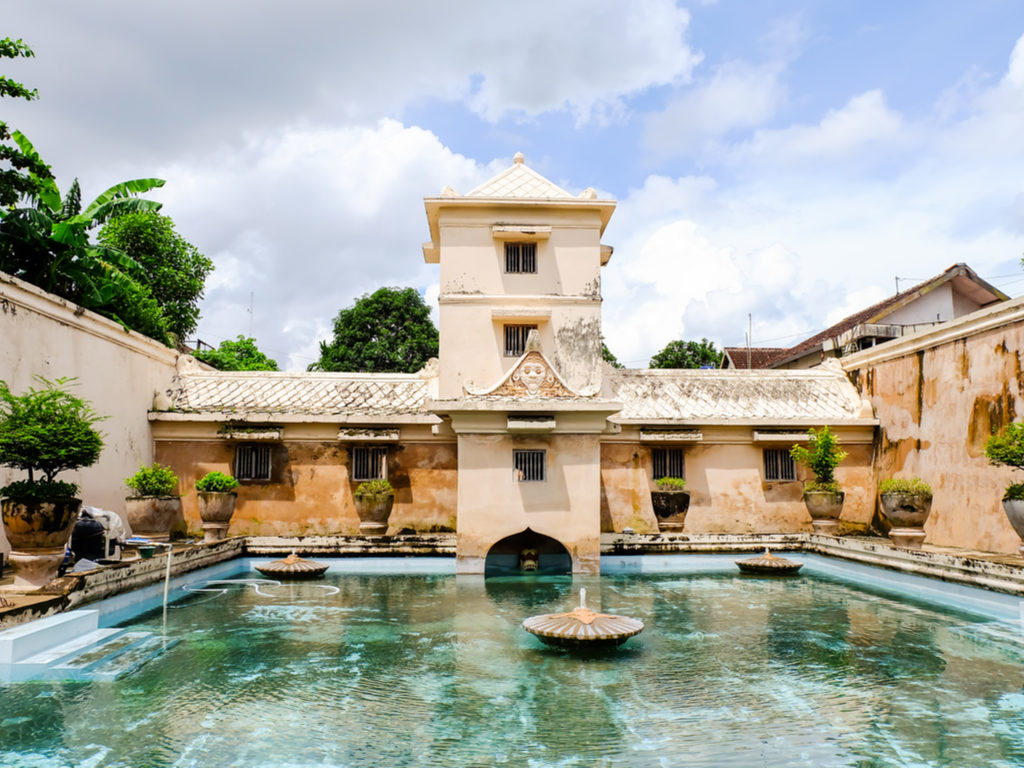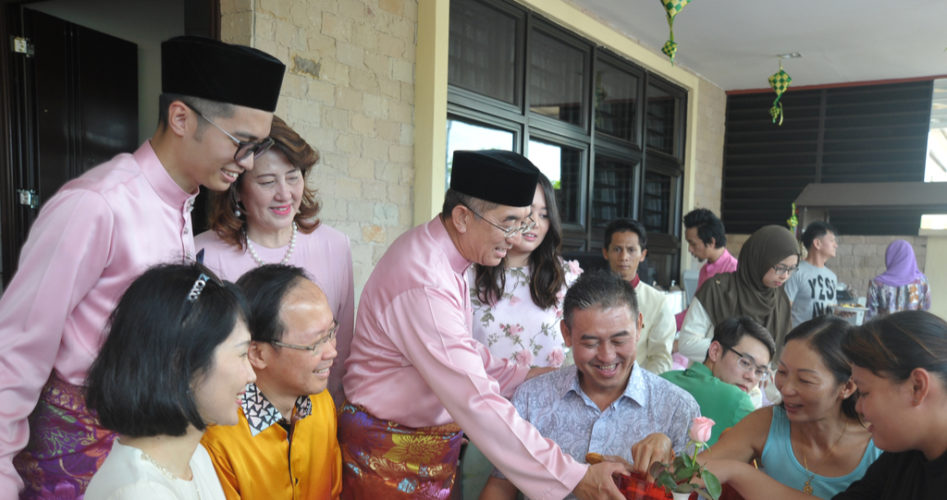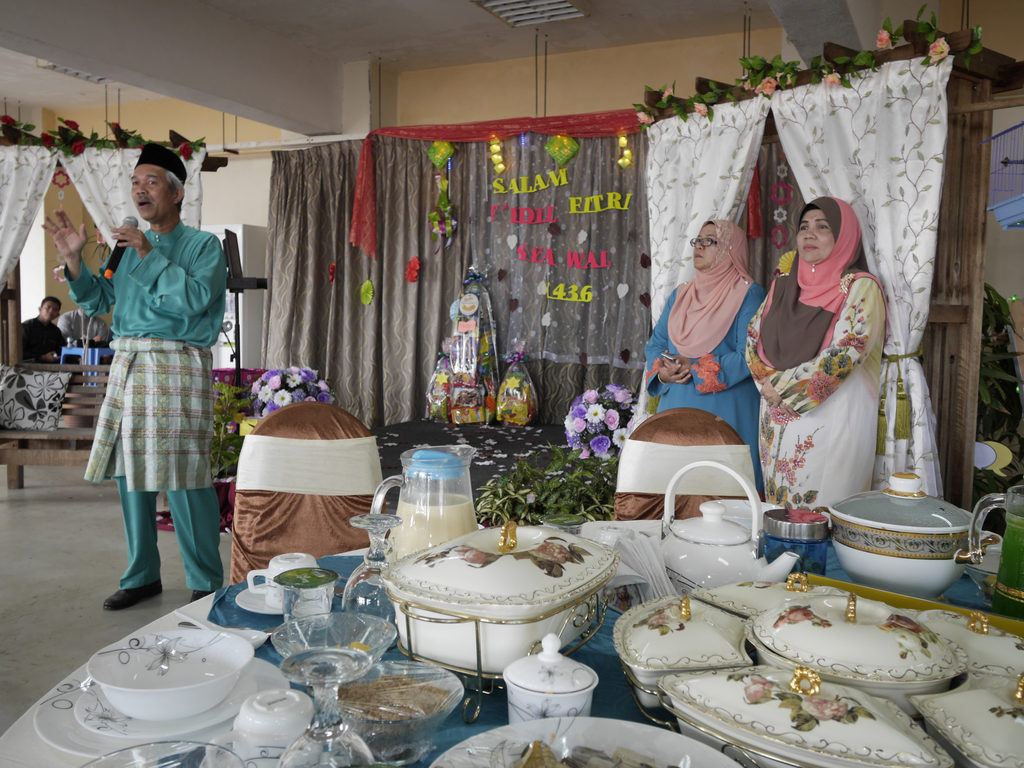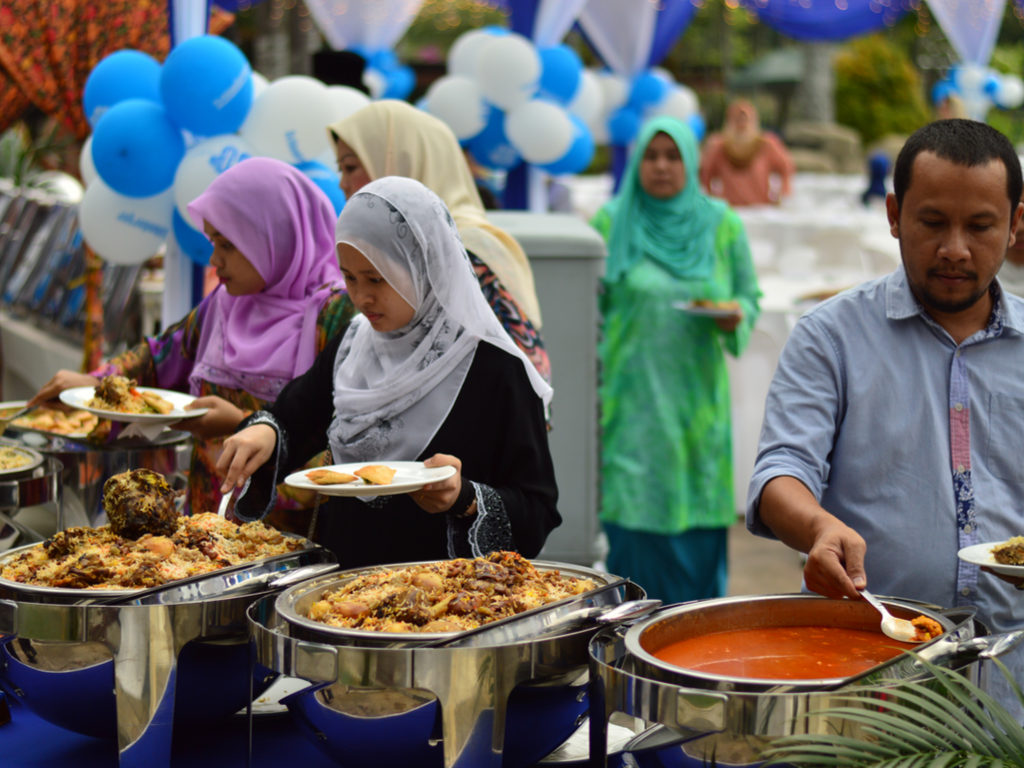If you are a history buff then on your tour to Penang, a visit to Pinang Peranakan Mansion is a must. While here, you can uncover the mysterious past of the Peranakans — descendants of Chinese immigrants. Over the years, the mansion gained popularity because of a drama series called “The Little Nyonya”.
About the Pinang Peranakan Mansion
A UNESCO heritage site, the Pinang Peranakan Mansion forms a living cultural museum. It came about from the marriage of the local Malay and the Chinese immigrants. But mainly restored and maintained to remind the world of the rich Peranakan heritage of Penang. The exterior and interiors of the mansion highlight the various cultures that influenced its architecture. The Pinang Peranakan Mansion still remains a masterpiece. It features the British tilework, Scottish iron weldings, European furniture and Chinese carved wood panels.
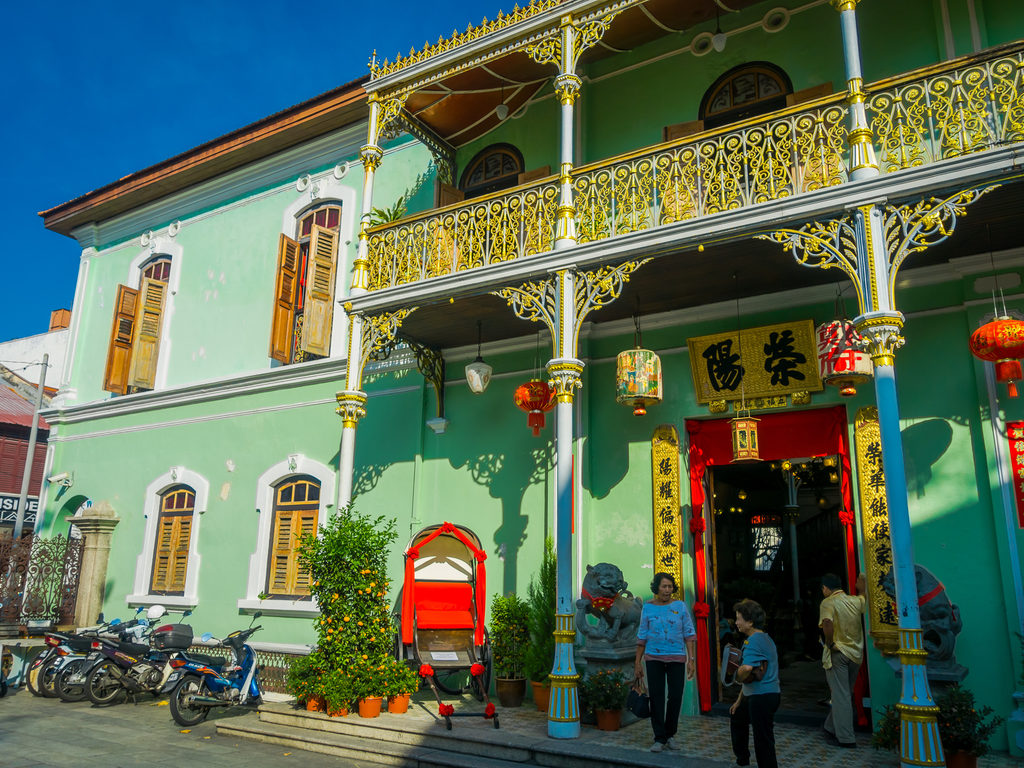
Restored to showcase the living of the Chinese merchants of the 1890s, the mansion holds numerous stories to tell. A walk through the mansion is enough to lose yourself into a century-old lifestyle. The awe-worthy interiors will make you realise how elaborate and opulent the past lifestyle and traditions were. Inside the mansion, you can view everything; from jewellery to wedding attires to items of daily use.
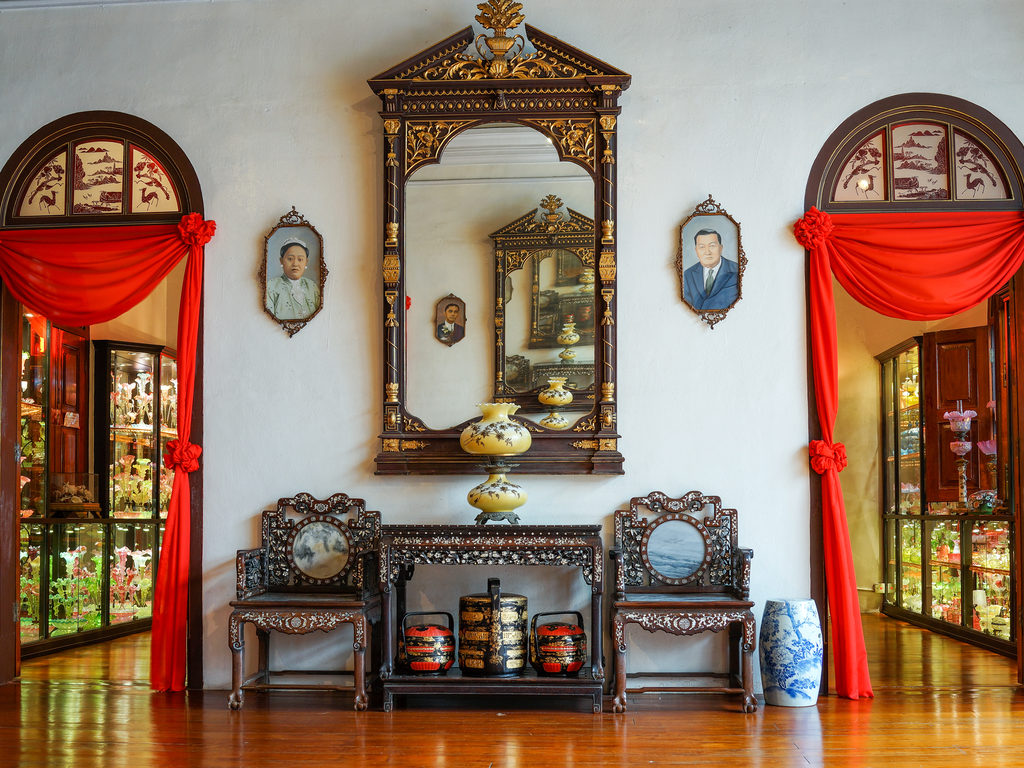
How to visit?
The Pinang Peranakan Mansion conducts guided tours twice every day. So, we highly recommend you to take your own local tour guide along. Connect with a local travel expert on

